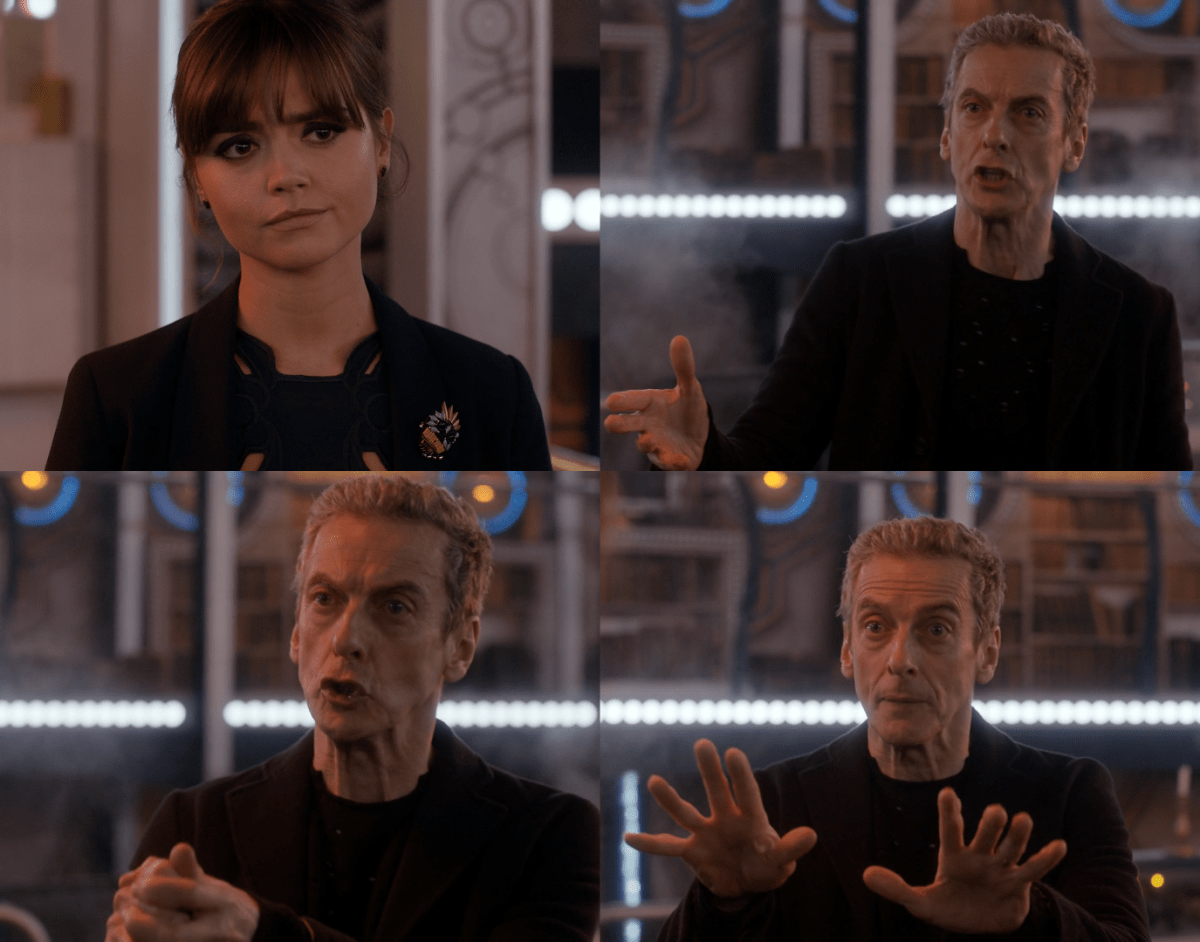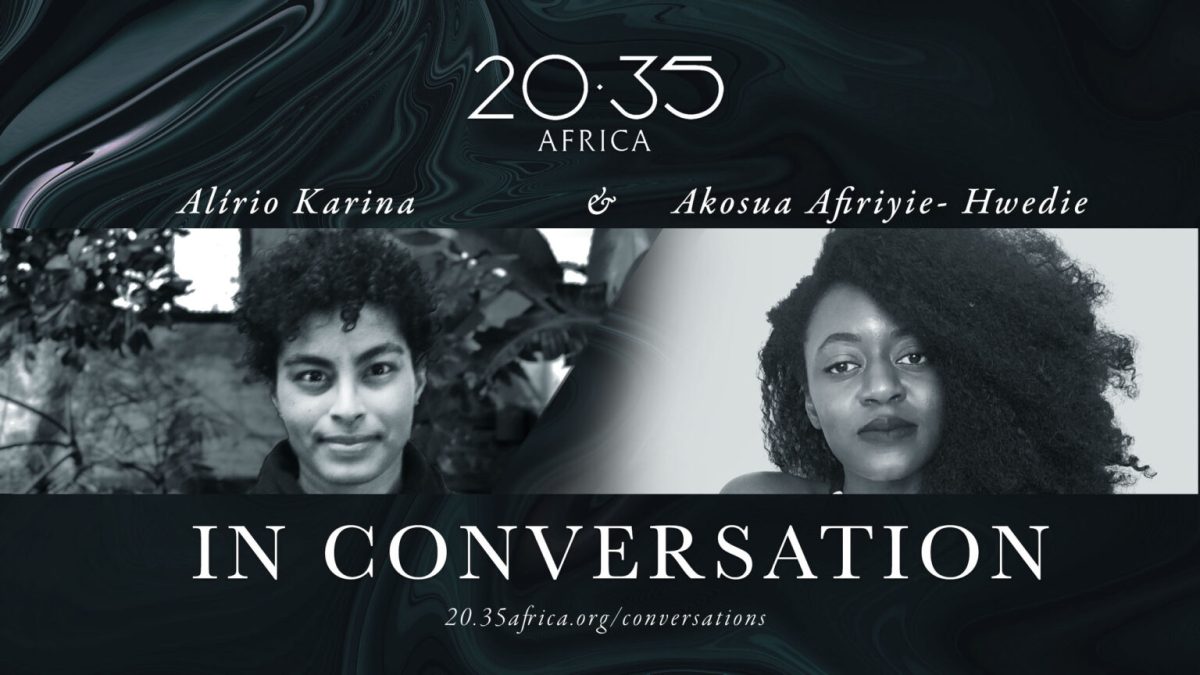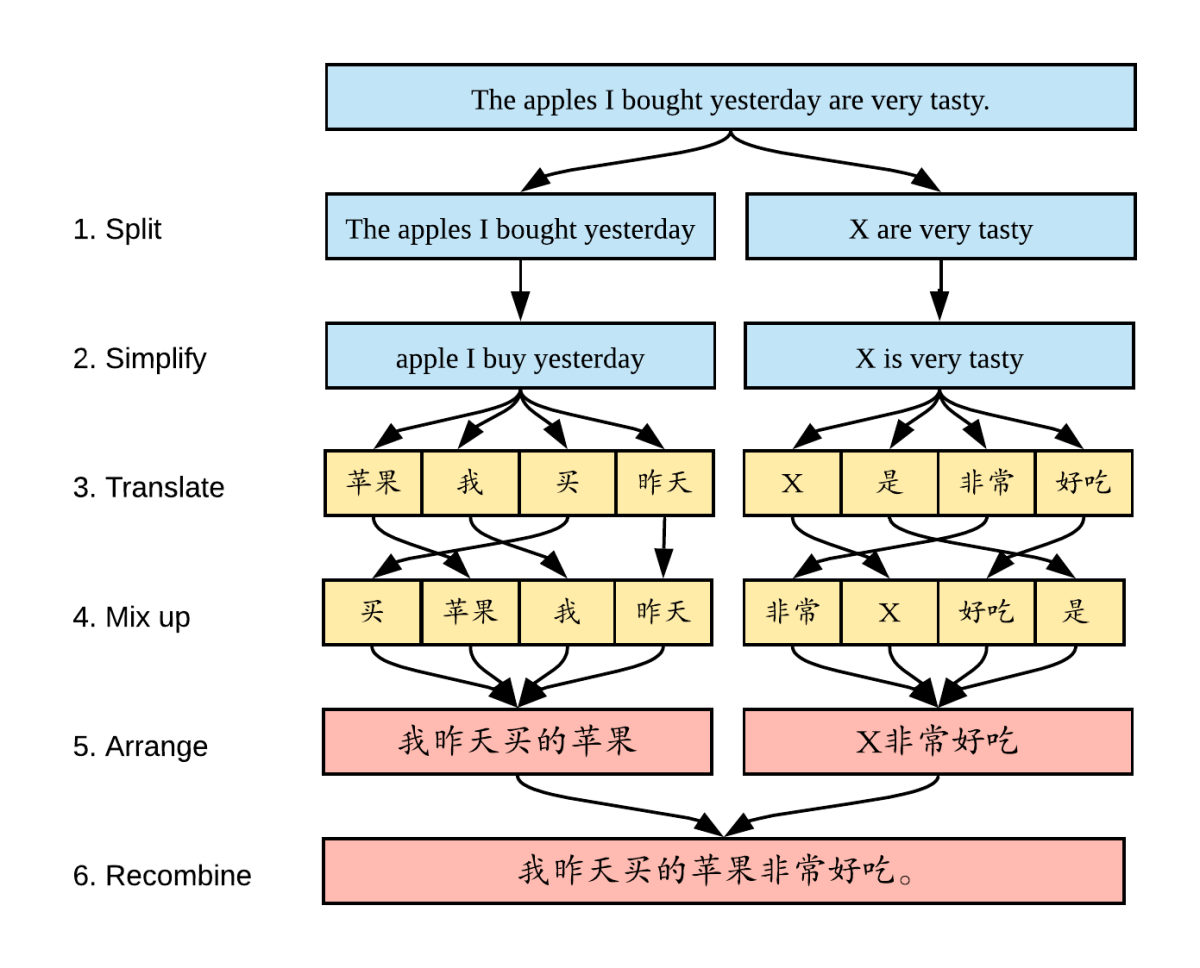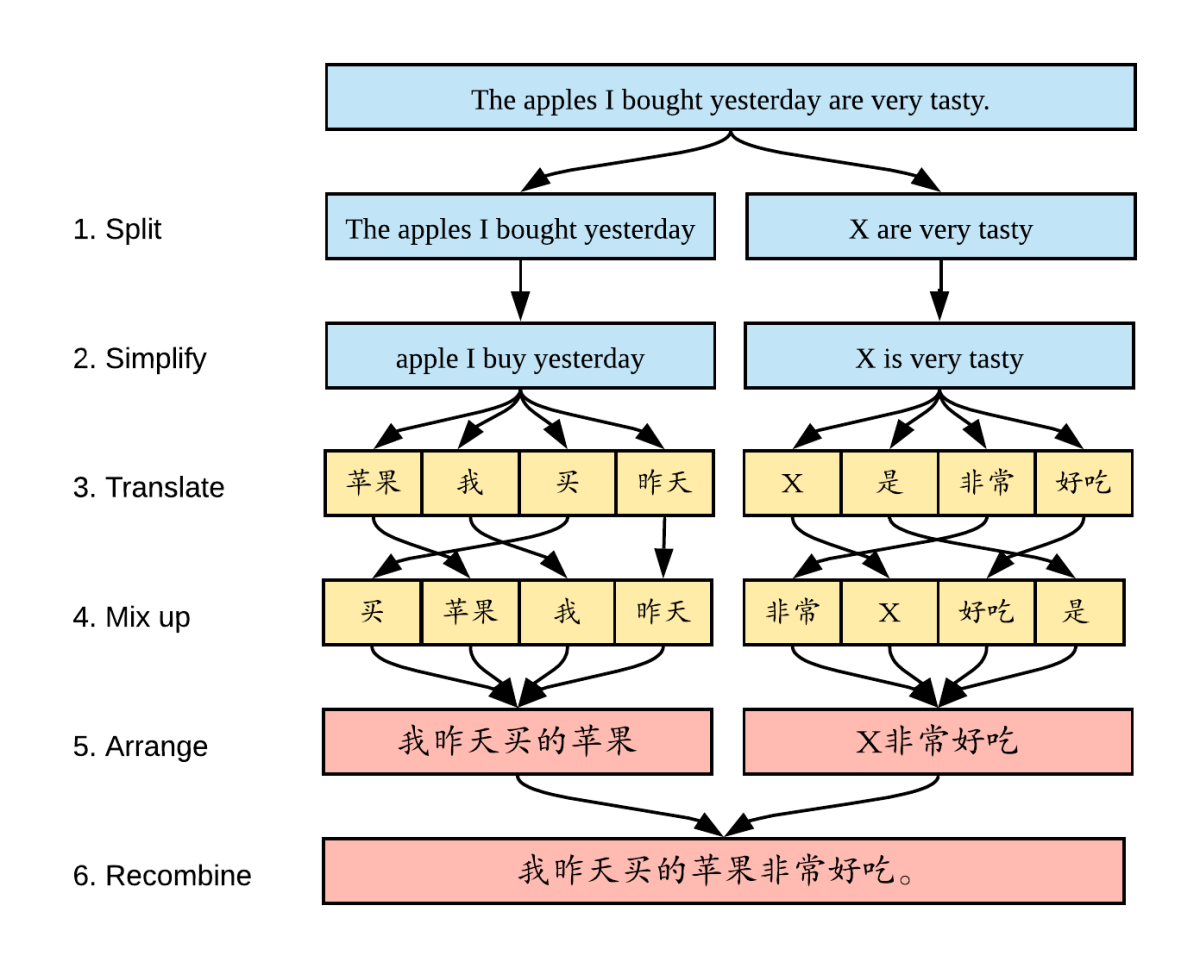Dress coat video game design is more than just adding a stylish garment; it’s about weaving narrative depth and gameplay mechanics into the very fabric of a character’s attire. From the trench coats of gritty detectives to the elegant overcoats of sophisticated spies, the dress coat transcends mere clothing, becoming a visual shorthand for personality, status, and even gameplay advantages.
This exploration dives into the world of video game fashion, examining how dress coats enhance character development, influence gameplay, and contribute to the overall aesthetic of diverse game genres.
We’ll examine specific examples across different game genres, analyze the visual design choices in various titles, and even delve into the potential for dress coat customization and its impact on player experience. We’ll explore how different design styles – from realistic to cartoonish – contribute to the overall feel of a game and the story it tells. Get ready to unravel the secrets hidden within the seams of a well-designed virtual dress coat!
Dress Coats in Video Games: A Stylish Exploration
Dress coats, far from being mere fashion accessories, often serve as powerful visual cues in video game design, conveying character traits, setting context, and even impacting gameplay. This exploration delves into the multifaceted role of dress coats across various game genres, character designs, and gameplay mechanics.
Game Genres Featuring Dress Coats
Dress coats are surprisingly versatile wardrobe staples in video games, appearing across a range of genres. Their prevalence often reflects the game’s setting and the desired aesthetic. The visual design of the coat itself also varies significantly depending on the genre.
For example, in detective or noir-themed games like LA Noire, the dress coat is often a long, dark overcoat, emphasizing a sense of mystery and sophistication. In contrast, steampunk games might feature more elaborate coats with gears and intricate details, reflecting the technological advancements of the setting. RPGs like Final Fantasy XIV utilize dress coats as a key part of character customization, offering various styles and designs.
The symbolism varies – a worn, tattered coat in a survival game might suggest hardship, while a pristine, tailored coat in a social simulation game might represent wealth and status.
Character Design and Dress Coats

A character’s dress coat can significantly contribute to their overall design and narrative. The choice of fabric, color, and embellishments can instantly communicate aspects of their personality, background, and social standing within the game’s world.
Consider, for instance, a fictional character named Inspector Ava Thorne. She’s a sharp, determined detective in a Victorian-era crime thriller. Her long, dark grey wool coat, slightly worn at the cuffs, speaks volumes about her dedication to her work and the challenges she faces. The subtle details, like a small, hidden pocket watch chain, hint at her meticulous nature.
Her coat is not merely an outfit; it’s a visual narrative thread weaving into her persona.
| Character | Game | Coat Style | Significance |
|---|---|---|---|
| Bigby Wolf | The Wolf Among Us | Long, dark trench coat | Authority, mystery |
| Geralt of Rivia | The Witcher 3: Wild Hunt | Leather and fur-trimmed coat | Practicality, wilderness |
| Aloy | Horizon Zero Dawn | Practical, functional, layered clothing | Adaptability, survival |
| Commander Shepard | Mass Effect series | Varied, depending on choices and upgrades | Adaptability, rank and role |
Different designs reflect varying character statuses; a richly embroidered coat might denote nobility, while a simple, functional coat could belong to a working-class character. The coat’s condition can also tell a story; a pristine coat might indicate wealth and care, whereas a damaged coat suggests hardship and struggle.
Dress Coat Customization in Games

The inclusion of dress coat customization offers players a significant degree of personalization and creative expression. Games that allow extensive character customization often include detailed options for coats, reflecting a growing demand for player agency in shaping their in-game identities.
- Color selection (multiple palettes and shades)
- Fabric choices (leather, wool, silk, etc.)
- Embellishments (buttons, embroidery, fur trim)
- Length and fit options
- Pocket and accessory additions (watches, pins)
- Weather resistance options (waterproofing, lining)
Customization options can influence not only the character’s visual appeal but also gameplay aspects, like stealth or social interactions. A darker, less noticeable coat might aid in stealth sequences, while a more striking coat could improve social standing in certain situations.
The Role of Dress Coats in Gameplay Mechanics, Dress coat video game

Integrating dress coats into gameplay mechanics can add depth and realism. Beyond mere aesthetics, they can function as interactive elements influencing various aspects of the game.
For example, a heavier coat could offer increased protection against environmental hazards or physical attacks, while a lighter coat might improve movement speed. A coat with hidden pockets could provide additional storage space for items. A mini-game could involve crafting or upgrading coats using found materials, allowing players to tailor their coat’s properties to suit their playstyle.
Dress coats could also be used as puzzle elements. A specific button or emblem on a coat might unlock a door, or a hidden compartment could contain a crucial clue. The coat’s condition could also reflect the progression of the narrative; a torn coat after a battle could signify a character’s struggles.
Visual Representation of Dress Coats in Games
The artistic style significantly impacts how a dress coat appears in a video game. Realism aims for photorealistic rendering, while stylized approaches prioritize artistic expression over strict accuracy. Cartoonish styles utilize simplified forms and bold colors.
Consider three distinct designs: 1) A long, dark grey wool coat with subtle pinstripes, realistic texture, and a slightly worn appearance (realistic style); 2) A vibrant red coat with exaggerated, stylized detailing, perhaps with flowing lines and bold patterns (stylized style); 3) A simple, blocky coat with minimal details, using a limited color palette, suggesting a cartoonish aesthetic. The level of detail in rendering varies depending on game platforms and engines, with more powerful engines allowing for more intricate textures and realistic physics.
Creating realistic dress coat models presents technical challenges, including accurately simulating fabric drape and movement, handling complex textures, and optimizing performance to avoid impacting frame rates. Stylized models offer more flexibility but require careful design to maintain visual appeal.
Concluding Remarks

Ultimately, the dress coat in video games serves as a potent symbol, communicating character traits and enriching gameplay in ways often overlooked. From its use in storytelling to its potential for customization and even its impact on mechanics, the humble dress coat proves to be a surprisingly versatile tool in a game designer’s arsenal. By understanding its potential, developers can create more immersive and engaging experiences for players, proving that even the smallest detail can have a significant impact on the overall success of a video game.
So you’re making a dress coat video game? Cool! Think about the environmental detail – for example, you could add a really cool hidden area, maybe something like a secret “camera gully” camera gully where players can find a unique item, like a special button for the coat, or maybe even a hidden boss fight.
This could add depth and replayability to your dress coat game, making it even more engaging.
Questions Often Asked: Dress Coat Video Game
What are some real-world dress coat styles that have inspired video game designs?
So you’re making a dress coat video game, right? Thinking about the environments? Well, for some really cool, dramatic shots, you might want to consider how you’d use a camera in tight spaces – check out this article on the meaning of “gully” in the context of camera angles: gully meaning camera. Understanding this could really level up your game’s cinematography, especially for those intense scenes where your character needs to navigate tricky areas in their fancy dress coat.
Many video game dress coats draw inspiration from real-world styles like trench coats, peacoats, frock coats, and even more modern designs. The specific style chosen often reflects the game’s setting and the character’s personality.
So you’re making a dress coat video game? That’s cool! Think about adding some really dynamic camera effects – maybe even a crazy “puffing” effect like you’d see with a puffing camera for added visual flair. Imagine the character’s coat billowing dramatically as they move! This could really enhance the overall feel of your game.
How does the choice of fabric affect a dress coat’s in-game appearance?
The choice of fabric (leather, wool, etc.) heavily influences the visual texture and realism of a dress coat in a video game. Different fabrics also affect how light interacts with the coat, adding to its visual appeal and realism.
Are there any games where the dress coat is a key item or unlocks special abilities?
While not common, some games might feature dress coats that provide minor stat boosts or unlock special interactions. The potential for gameplay integration is vast, and future games may explore this further.
